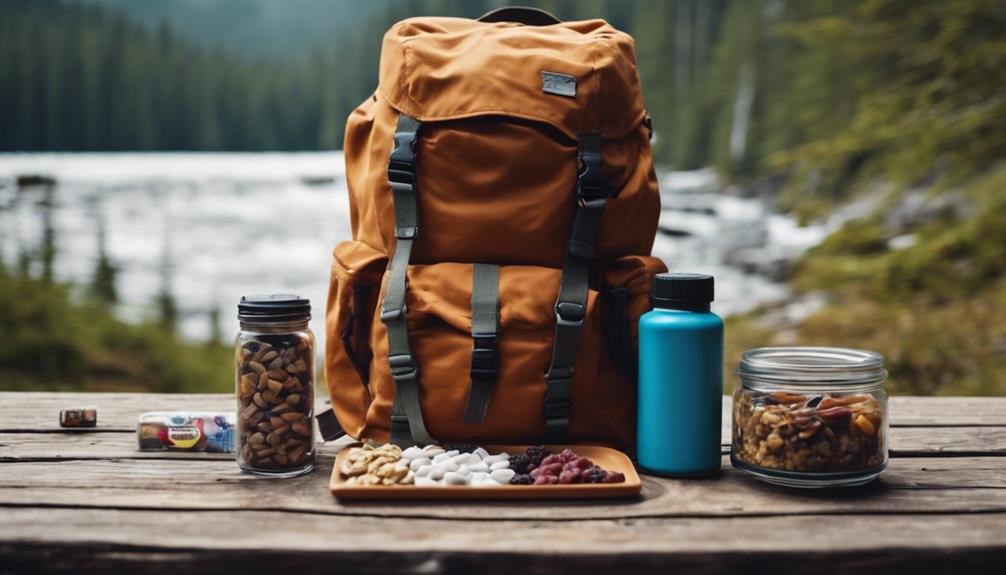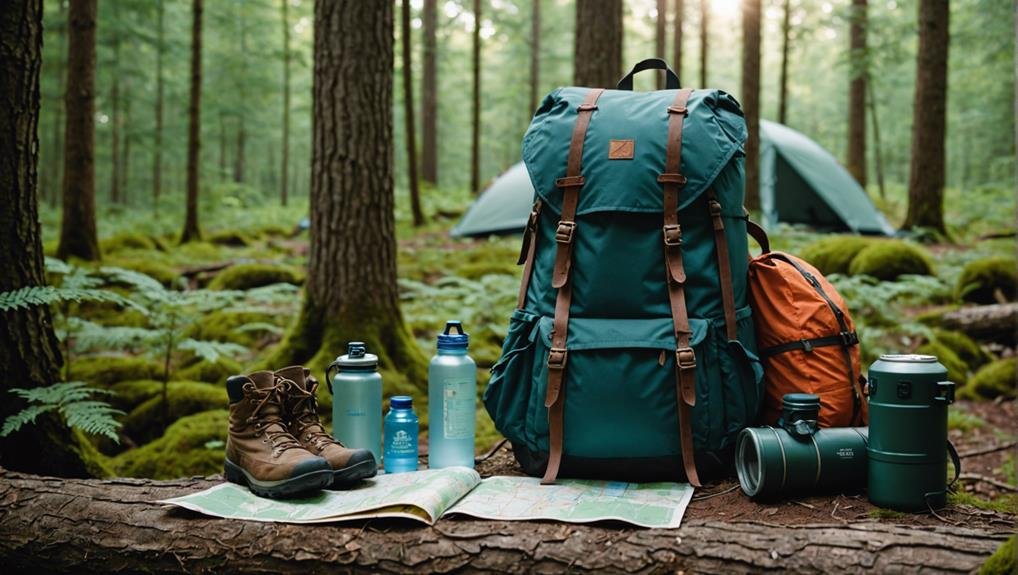When planning your backpacking trip, having the right backpacking checklist is essential to ensure nothing important is forgotten. From durable backpacks to compact first aid kits and water filters, everything you pack can impact your comfort and safety in the backcountry. Remember to carefully consider your pack weight, striking a balance between carrying everything you need and keeping your load manageable.
Choosing the correct clothes, including moisture-wicking shirts and reliable rain gear, will protect you against changing weather conditions. Don’t forget small but important items like toothpaste, toothbrush, sunscreen, and lip balm to maintain hygiene and protect your skin during long days on the trail. Always aim to pack items that serve multiple purposes to save space and weight.
Pack smart by organising your backpacking gear list into categories: shelter, hydration, nutrition, clothing, navigation, and safety supplies. Ensure your tents, sleeping bags, and camp shoes are suitable for the trip’s environment and expected conditions. Your goal is to be prepared for anything, from unexpected weather to emergencies, while keeping your pack weight reasonable.
Key Takeaways
- Pack a durable tent, warm sleeping bag, and supportive sleeping pad for overnight comfort.
- Carry a reliable map, compass, and GPS device for navigation.
- Bring high-energy, lightweight foods and at least 6 liters of water for hydration.
- Wear sturdy hiking boots, moisture-wicking socks, and breathable, layered clothing that allows for easy movement.
- Include a fleece, rain jacket, and hat to stay warm and protected from the elements.
Essential Gear and Equipment
Start your packing with sturdy backpacks designed for multi-day trips, ensuring they have enough pockets and straps to organize your gear efficiently. Don’t forget your trekking poles, which can greatly reduce strain on your legs and knees during long hikes. For shelter, lightweight tents from reputable brands like Big Agnes or MSR offer durability and ease of setup, which are vital for a successful camping experience.
Your first aid kit should include not only basic supplies but also items tailored to your personal needs and the environment, such as medications, bandages, and insect-repellent spray. Essential tools, such as a reliable knife, a flashlight or headlamp, and extra batteries, should always be included. Consider also packing a fire starter or lighter for cooking and warmth.
Don’t forget hygiene essentials such as toilet paper, a trowel for digging catholes, and biodegradable wipes. Keeping your campsite clean and practicing Leave No Trace principles is essential for the environment and the well-being of fellow backpackers. Also, pack lightweight mugs or pots for preparing meals and drinking water safely.
Clothing and Footwear
After securing your gear and equipment, select the right clothing and footwear to guarantee comfort and safety on your backpacking journey.
Begin with sturdy hiking boots or shoes designed to support your ankles and cushion your steps over rough terrain. Pair these with moisture-wicking hiking socks to keep your feet dry and blister-free.
Your clothing should be just as thoughtfully chosen. Start with a moisture-wicking base layer that keeps you dry from sweat and a wool base for Insulation. Over this, wear breathable hiking pants that offer freedom of movement and protection.
Remember a fleece for warmth and a rain jacket to shield yourself from unexpected downpours. A hat is essential, too, providing protection from the sun or extra warmth during cooler weather.
Here’s a quick reference table for your packing:
| Essential Clothing | Functionality |
|---|---|
| Base Layer & Wool Base | Moisture control, Insulation |
| Hiking Pants & Fleece | Comfort, Warmth |
| Rain Jacket & Hat | Protection from elements |
What Essentials Should I Pack for a Backpacking Trip That Differ from Packing for Airline Travel?
When packing your backpack for airline travel, consider the weight and size limitations for carry-on items. Backpacking trips require a lightweight tent, a sleeping bag, a portable stove, and a water filtration system. Also, pack items such as trail mix, energy bars, and a reliable map for navigating remote areas.
Food and Hydration Needs

For your three-day backpacking trip, you’ll need to pack lightweight, high-energy foods and carry at least 2 liters of water per day to stay well-hydrated. Focus on calorie-dense snacks that won’t weigh down your pack but will keep your energy levels high.
Consider dehydrated meals that require only hot water for preparation, maximising convenience and nutrition.
Hydration is equally critical; carry sufficient water in Nalgene bottles or hydration bladders and include a reliable water filter or purification tablets to replenish safely from natural sources. Aim for at least two litres per day, adjusting according to climate, terrain, and personal needs.
Use airtight containers or ziplock bags to store your food, protecting it from moisture and wildlife. Proper packing ensures you have the energy to cover trails, endure variable weather conditions, and maintain your health throughout your trip.
Sample 3-Day Backpacking Itinerary and Meal Plan
Planning your meal and days on the trail helps you pack more efficiently and stay energised. On Day 1, aim for a moderate hike covering approximately 6-8 miles, allowing you time to set up camp and take in the surroundings. Start your day with a hearty breakfast, such as instant oatmeal and dried fruit. Pack energy bars and trail mix for snacks, and finish the day with a lightweight dehydrated meal or a pasta dish.
Day 2 can be your longest, perhaps 10 miles or more, so keep meals light but calorie-rich. Carry snacks such as nuts, jerky, and granola bars for quick energy boosts. Hydration is key; drink regularly and refill your water using a filter if needed. Dinner could be a freeze-dried stew or couscous for easy preparation.
On Day 3, plan a shorter trek back to your starting point. Breakfast might consist of instant coffee and a protein bar, with lunch featuring sandwiches or leftover snacks. This balanced itinerary keeps you fueled without overpacking.
Conclusion
Remember to pack smart as you gear up for your 3-day backpacking trip. Select a durable tent, a warm sleeping bag, and a supportive sleeping pad for a restful night’s sleep. Don’t skimp on sturdy boots and breathable layers. Always bring a map, compass, and GPS to stay on track.
Pack high-energy snacks and at least 6 liters of water to stay hydrated and fueled. Investing wisely in your gear ensures a safe and enjoyable adventure in the great outdoors.
Supporting Article
Tips for Staying Warm While Camping
Hydration Options for Long Hikes
Backpacking Vs Camping: What’s the Difference?

